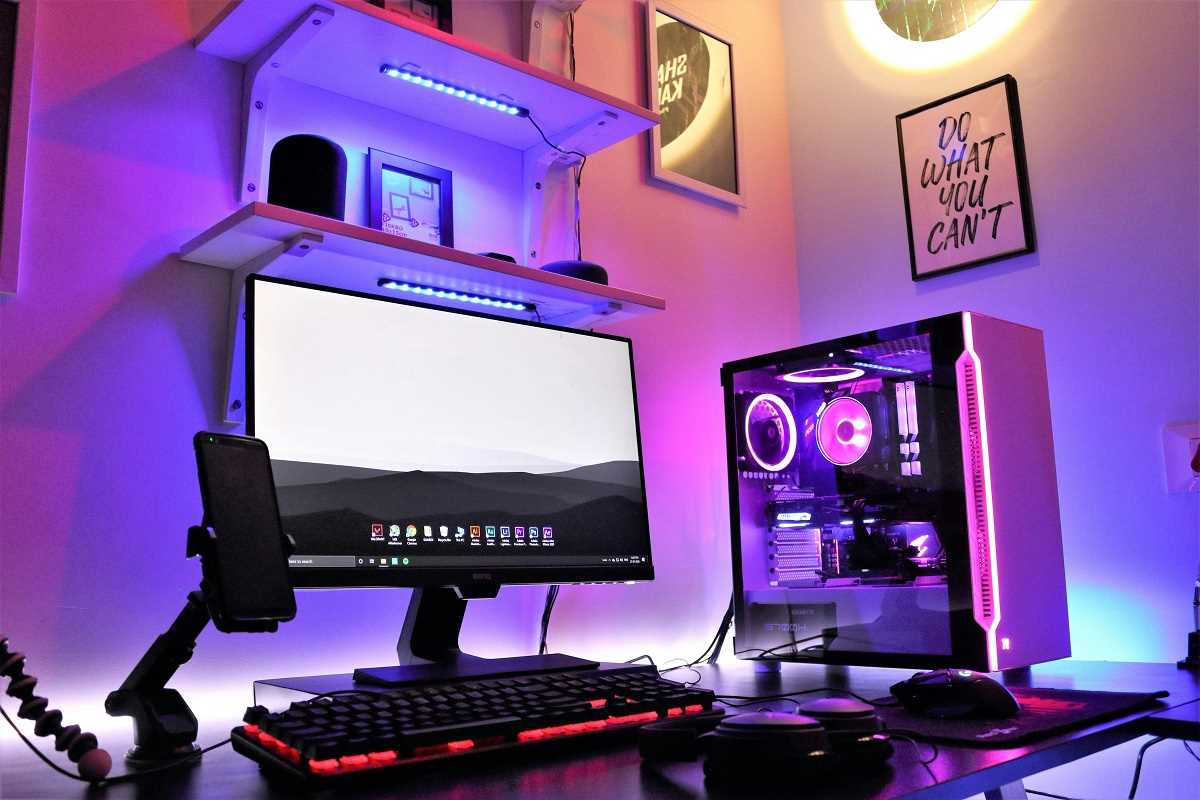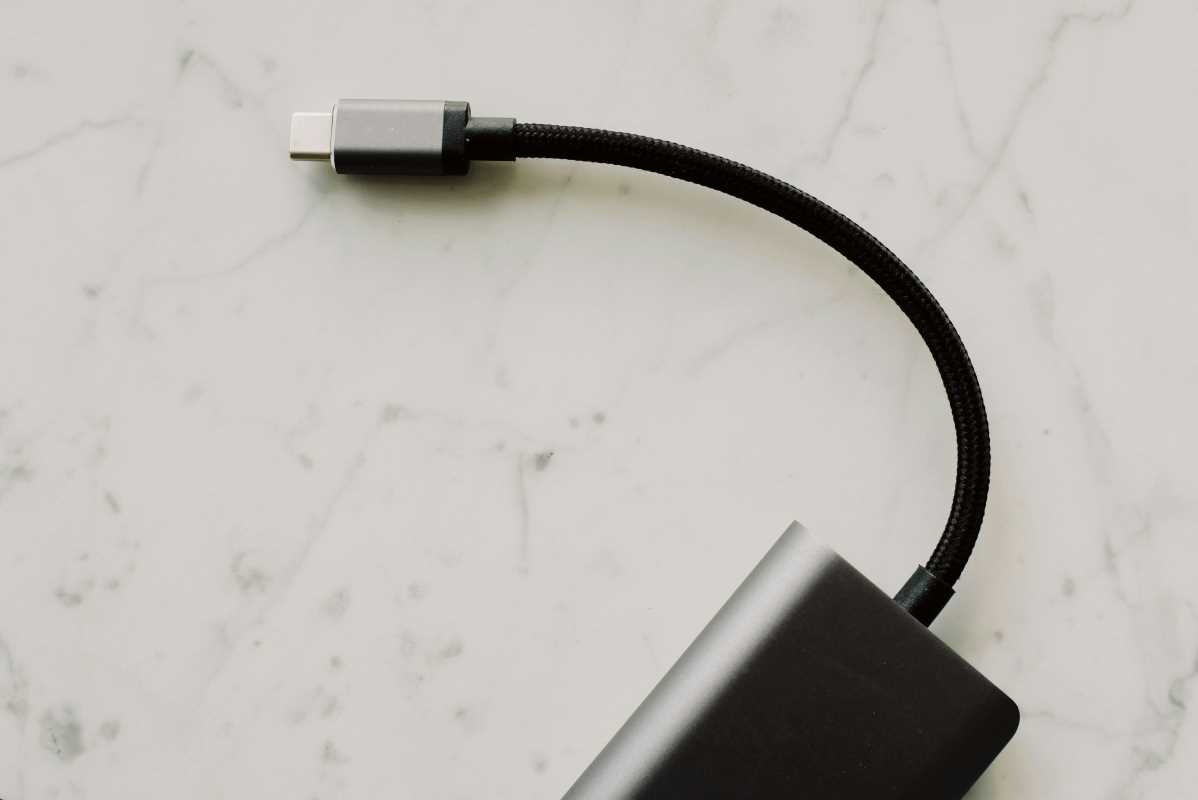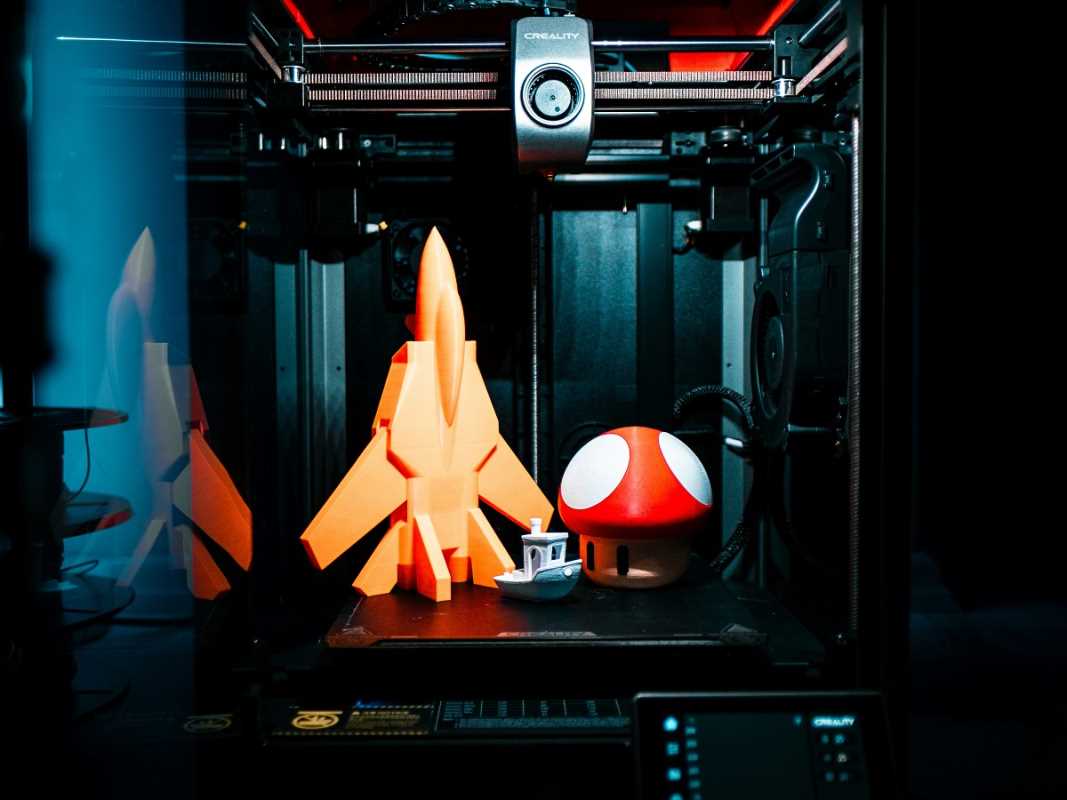Building your dream gaming PC is a rewarding endeavor that combines creativity, technical knowledge, and a passion for gaming. Not only does it allow you to customize your computer to suit your exact preferences, but it can also save you money compared to buying a prebuilt system. Whether you’re aiming for esports-level performance or a beast of a rig that crushes 4K gaming, this guide will walk you through every step of the process—from choosing the right components to assembling and optimizing your masterpiece.
Grab your toolkit, clear your workspace, and get ready to build a PC that’ll make your gaming friends jealous.
Step 1: Plan Your Build Around Your Gaming Needs
Before you start adding components to your shopping cart, take stock of your goals. What kind of games do you play? Do you want to prioritize frames per second (FPS), resolution, or aesthetics? Your needs will dictate your component choices.
Define Your Goals:
- 1080p Competitive Gaming: Titles like Valorant, CS2, or Fortnite require a strong CPU and a mid-range GPU.
- 1440p or 4K Gaming: AAA games like Cyberpunk 2077 or Starfield demand a high-performance GPU and lots of VRAM.
- Streaming & Content Creation Combo: Consider a multi-core CPU and additional RAM to handle multitasking.
Set a Budget:
Have a clear budget in mind. A solid gaming PC for 1080p gaming runs roughly $800 to $1,200, while a cutting-edge 4K rig can easily hit $2,500 or more.
Step 2: Choose Your Core Components
Each piece is critical to your gaming arsenal, so pick parts that complement each other.
1. Central Processing Unit (CPU): The Brain of Your System
The CPU handles game logic, AI, and multitasking. Your choice should balance core count and clock speed.
- Budget Recommendations: AMD Ryzen 5 5600, Intel Core i5-13400.
- Mid-Range Recommendations: AMD Ryzen 7 7800X3D, Intel Core i5-13600K.
- High-End Recommendations: AMD Ryzen 9 7900X, Intel Core i9-14900K.
Tip: If you’re playing esports or CPU-heavy games, prioritize single-core performance. Modern AMD CPUs with 3D V-Cache excel in gaming workloads.
2. Graphics Processing Unit (GPU): The Gaming Powerhouse
Your GPU drives frame rates, textures, and visual effects. This is the most important component for any gaming build.
- Budget Recommendations: NVIDIA RTX 4060, AMD RX 7600.
- Mid-Range Recommendations: RTX 4070, AMD RX 7800 XT.
- High-End Recommendations: RTX 4090, AMD RX 7900 XTX.
Tip: When gaming at higher resolutions (1440p or 4K), prioritize GPUs with a minimum of 12GB VRAM to future-proof your rig.
3. Motherboard
Choose a motherboard compatible with your CPU’s chipset. Opt for additional features like Wi-Fi, USB-C, or support for overclocking.
- Budget: B550 or B660 chipset boards.
- Mid-Range: B650E or Z690.
- High-End: X670E or Z790 for hardcore builds.
Tip: Ensure the motherboard has sufficient PCIe slots for your GPU and proper clearance for your cooler.
4. RAM (Memory)
For most games, 16GB of DDR4 or DDR5 RAM is sufficient. However, competitive players or streamers should consider 32GB for multitasking.
- Speeds: Look for RAM clocking at 3200MHz or higher (DDR4) and 5600MHz+ (DDR5).
- Tip: Dual-channel kits (two sticks of memory) improve performance significantly.
5. Storage
Use a combination of solid-state drives (SSDs) and hard drives for storage.
- Primary SSD: A 1TB NVMe SSD (e.g., Samsung 980 Pro) for lightning-fast load times.
- Secondary HDD: A 2TB or 4TB hard drive for extra game or media storage.
Tip: Don’t settle for anything less than an SSD in 2025! Boot drives, in particular, should never be HDDs.
6. Power Supply Unit (PSU)
Your PSU provides the juice your components need. Choose a reputable brand and match the wattage to your hardware.
- Most builds require 600W to 850W.
- For high-end rigs with an RTX 4090, aim for at least 1000W and 80+ Gold Certification.
Tip: Modular PSUs simplify cable management and improve airflow.
7. Cooling Solutions
Proper cooling ensures your components perform optimally.
- Budget Builds: Stock air coolers are sufficient for CPUs like the Ryzen 5 or Intel Core i5.
- High-End Builds: Invest in tower coolers or all-in-one liquid coolers for overclocking (e.g., Noctua NH-D15 or Corsair H150i).
Step 3: Purchase Your Components Strategically
Shop Smart:
- Monitor sales during Black Friday, Cyber Monday, and Prime Day. Platforms like PCPartPicker alert you to price drops.
- Avoid sketchy or unknown sellers who might sell outdated products. Stick to reputable sites like Newegg, Amazon, or Micro Center.
Step 4: Assemble Your PC
Here’s where the fun begins!
Tools You’ll Need:
- A screwdriver (preferably magnetic).
- Anti-static wrist strap to avoid frizzing your components.
- Zip ties for cable management.
Step-by-Step Instructions:
- Prepare the Case: Remove panels and ensure the standoffs align with your motherboard holes.
- Install the CPU: Gently secure it into the socket, aligning the triangle markers. Snap the cooler into place.
- Insert RAM: Take advantage of dual-channel performance by using the appropriate slots (refer to your motherboard manual).
- Connect the SSD: M.2 SSDs slot directly onto the motherboard and secure with a screw.
- Mount the Motherboard: Install it into your case, screwing it firmly into place.
- Install GPU: Secure the GPU into the PCIe slot and fasten it with screws.
- Connect PSU Cables: Route power cables to your motherboard, GPU, and drives. Modular PSUs make this step a breeze.
- Cable Management: Use zip ties or cable channels to tidy up for optimal airflow.
Step 5: First Boot and Software Setup
Once your PC is built, it’s time to power it up!
- Initial Boot: Connect your monitor and keyboard. Turn the PC on and access the BIOS by pressing Delete or F2 during startup.
- BIOS Configuration: Update the BIOS to the latest version and enable XMP/DOCP profiles to maximize your RAM’s speed.
- Install Windows or Linux: Use a bootable USB drive to set up your operating system.
- Drivers: Download and install GPU, chipset, and peripheral drivers for optimal performance.
Step 6: Optimize for Gaming Performance
Turn your PC into a gaming beast with these tweaks.
Overclocking:
- Use software like MSI Afterburner to tweak your GPU’s clock speeds and boost frame rates.
- Overclock your CPU through the BIOS for better performance in CPU-heavy games.
Game Optimization:
- Install monitoring software like HWMonitor to track thermals and usage.
- Use game-specific settings to balance visuals and FPS. For competitive games, prioritizing performance over ultra-high settings is often better.
Easy Upgrades:
- Keep an eye on new GPUs to swap in for better performance when necessary.
- Add more RAM or another SSD as your storage needs grow.
Step 7: Maintenance and Protection
To ensure your rig stays in top shape, follow these guidelines:
- Dust Cleaning: Use compressed air to remove dust from fans and filters every few months.
- Performance Monitoring: Run benchmarks with tools like 3DMark to ensure no component bottlenecks.
- Regular Updates: Keep your drivers, Windows updates, and antivirus software up to date.
 (Image via
(Image via





